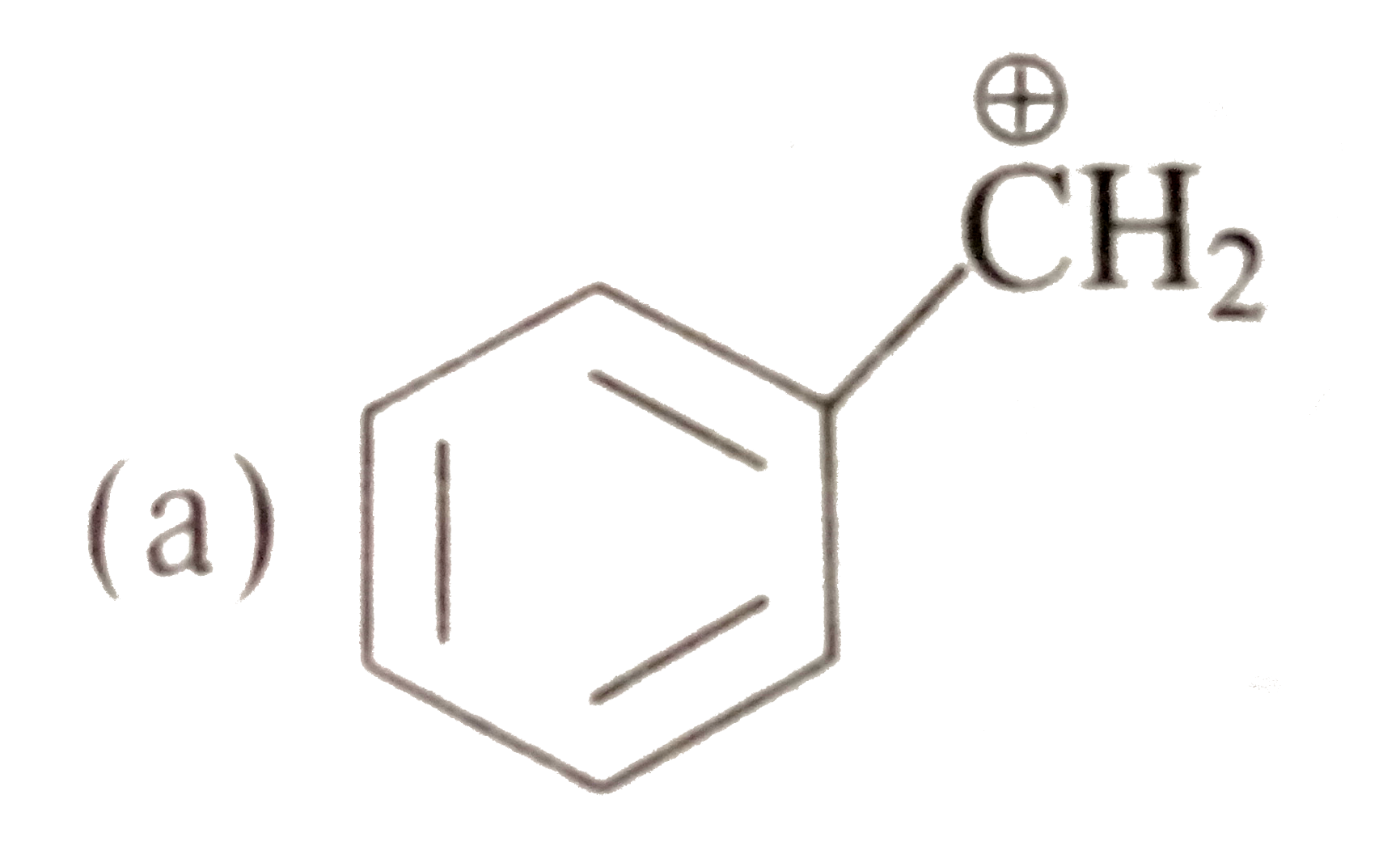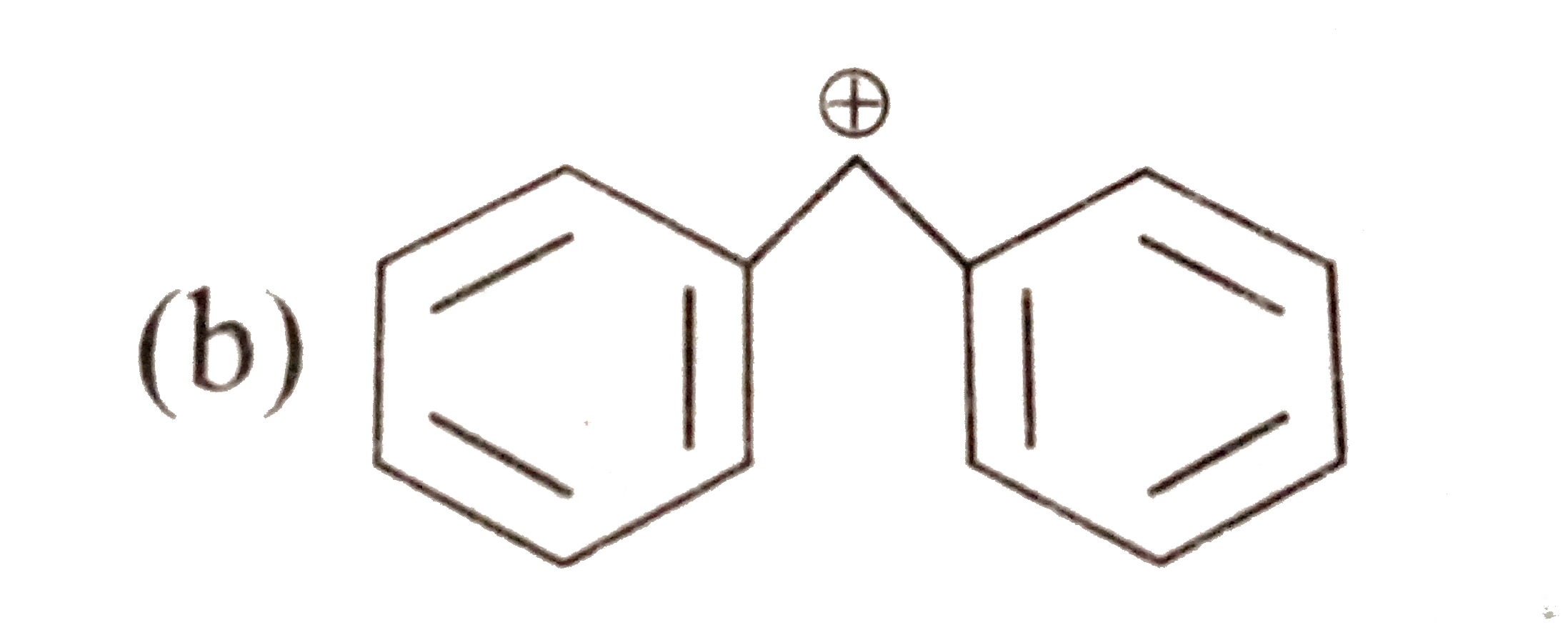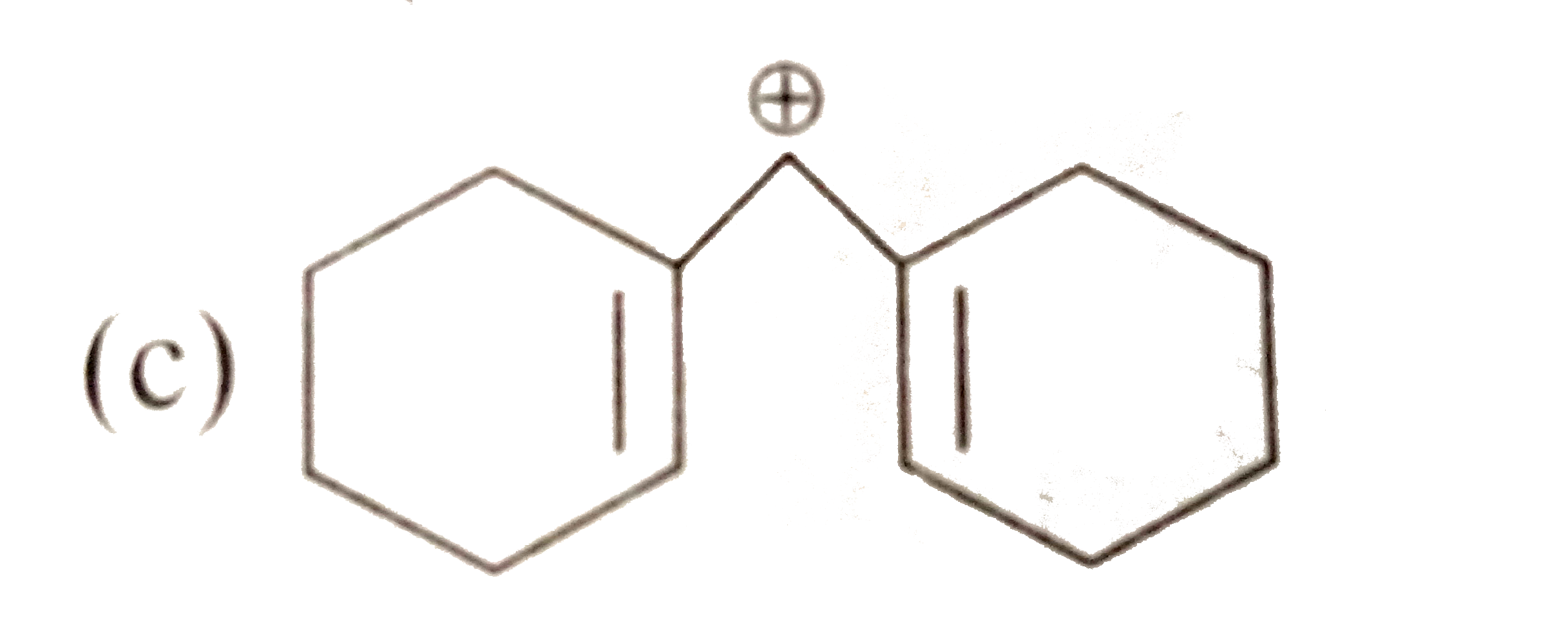Ethyl cation has _______ hyperconjugation structures ,
three
four
five
six
The correct Answer is:A
To determine how many hyperconjugation structures are present in the ethyl cation, we can follow these steps:
1. Identify the Structure of Ethyl Cation:
The ethyl cation can be represented as CH3-CH2^+. Here, the positive charge is located on the terminal carbon (the CH2 group).
2. Define Alpha Hydrogens:
In the context of hyperconjugation, alpha hydrogens are the hydrogens attached to the carbon adjacent to the positively charged carbon. In the ethyl cation, the alpha carbon is the one with the positive charge (CH2), and the adjacent carbon (CH3) contributes the alpha hydrogens.
3. Count the Alpha Hydrogens:
The CH3 group has three hydrogens, which are the alpha hydrogens for the ethyl cation. Therefore, there are 3 alpha hydrogens available for hyperconjugation.
4. Determine Hyperconjugation Structures:
Each alpha hydrogen can participate in hyperconjugation by donating its electron density to the empty p-orbital of the positively charged carbon. Since there are 3 alpha hydrogens, there will be 3 corresponding hyperconjugation structures.
5. Conclude the Number of Hyperconjugation Structures:
Therefore, the ethyl cation has 3 hyperconjugation structures.
Final Answer:
Ethyl cation has 3 hyperconjugation structures.
---
The ethyl cation can be represented as CH3-CH2^+. Here, the positive charge is located on the terminal carbon (the CH2 group).
In the context of hyperconjugation, alpha hydrogens are the hydrogens attached to the carbon adjacent to the positively charged carbon. In the ethyl cation, the alpha carbon is the one with the positive charge (CH2), and the adjacent carbon (CH3) contributes the alpha hydrogens.
The CH3 group has three hydrogens, which are the alpha hydrogens for the ethyl cation. Therefore, there are 3 alpha hydrogens available for hyperconjugation.
Each alpha hydrogen can participate in hyperconjugation by donating its electron density to the empty p-orbital of the positively charged carbon. Since there are 3 alpha hydrogens, there will be 3 corresponding hyperconjugation structures.
Therefore, the ethyl cation has 3 hyperconjugation structures.
Ethyl cation has 3 hyperconjugation structures.
Topper's Solved these Questions
- BASIC PRINCIPLES AND TEACHNIQUES IN ORGANIC CHEMISTRYBook:TARGET PUBLICATIONChapter:BASIC PRINCIPLES AND TEACHNIQUES IN ORGANIC CHEMISTRYExercise:Critical Thinking
Explore 46 Videos
- BASIC PRINCIPLES AND TEACHNIQUES IN ORGANIC CHEMISTRYBook:TARGET PUBLICATIONChapter:BASIC PRINCIPLES AND TEACHNIQUES IN ORGANIC CHEMISTRYExercise:Competitive Thinking
Explore 53 Videos
- ALKANESBook:TARGET PUBLICATIONChapter:ALKANESExercise:ANSWERS TO EVALUATION TEST
Explore 5 Videos
- HYDROGEN Book:TARGET PUBLICATIONChapter:HYDROGEN Exercise:Evaluation test
Explore 14 Videos
Similar Questions
Knowledge Check
Hyperconjugation is
Aσ−π conjugationBnoticed due to delocalisation of σandπ bondCno bond resonanceDall the aboveHyperconjugation occurs in :
A B
B C
C DNone of these
DNone of theseHyperconjugation involves
ADelocalization of σ-electrons into an adjacent π-bondBDelocalization of n-electrons into an adjacent double bondCDelocalization of π-electrons into an adjacent π-bondDAll are true.
"Stability of carbocations depends upon the electron releasing inductive effect of groups adjacent to positively charged carbon atom involvement of neighbouring groups in hyperconjugation and resonance."
The structure of triphenylmethyl cation is given below. This is very stable and some of its salts can be stored for months. Explain the cause of high stability of this cation.

View SolutionHyperconjugation observed in
View SolutionHyperconjugation is not possible in
View SolutionHyperconjugation is defined as No bond resonance. The concept of hyperconjugation arose from the discovery of electron releasing pattern for alkyl groups. It involves σ electrons of C-H bond. Greater the number of C-H bond (α-hydrogen atom w.r.t. double bond) more will be hyperconjugative structures, more will be stability Heat of hydrogenation of alkene are affected by hyperconjugative effects.
Which of the following is incorrect hyperconjugative structure?
View SolutionHyperconjugation is defined as No bond resonance. The concept of hyperconjugation arose from the discovery of electron releasing pattern for alkyl groups. It involves σ electrons of C-H bond. Greater the number of C-H bond (α-hydrogen atom w.r.t. double bond) more will be hyperconjugative structures, more will be stability Heat of hydrogenation of alkene are affected by hyperconjugative effects.
Which of the following has highest heat of hydrogenation?
View Solution
